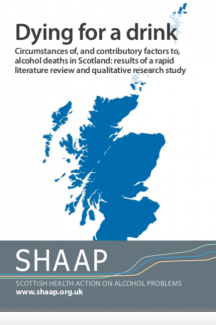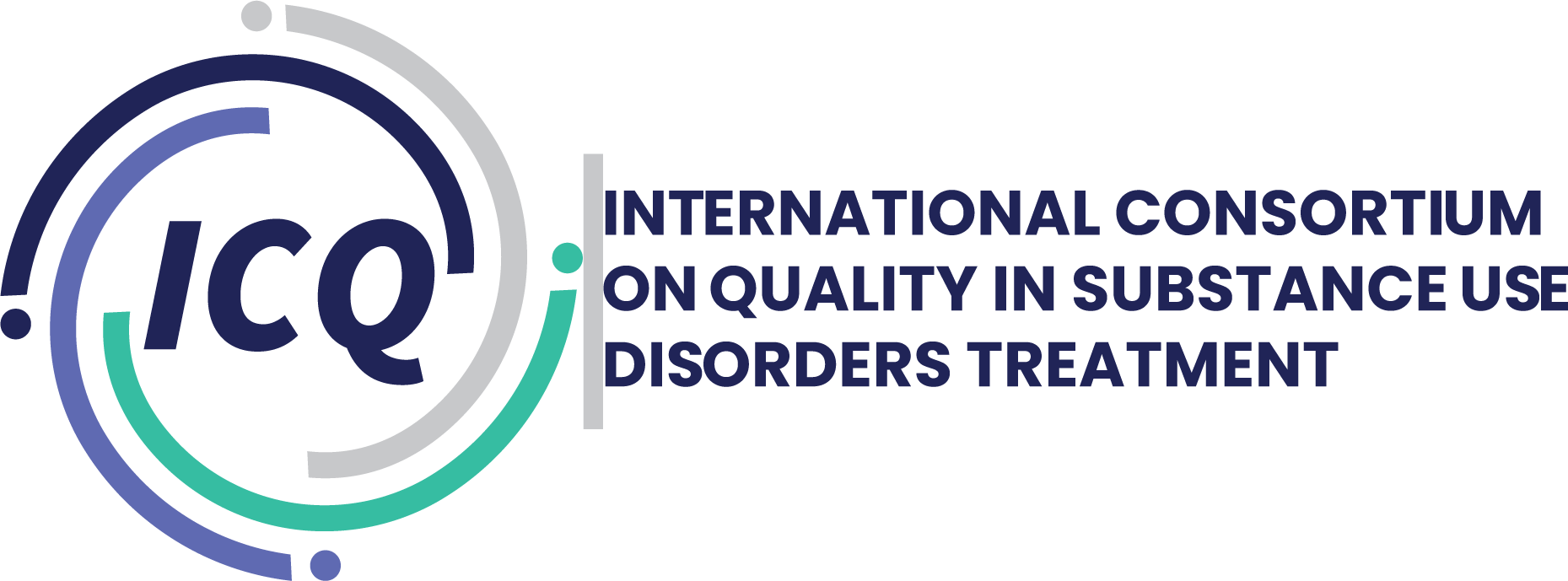Applying interventions designed to reduce and manage the symptoms of substance use disorders.
Treatment
The Importance of Social Interaction in Preventing Addictive Behaviour
Negative social interactions and isolation have been linked with heightened risk of drug self-administration and relapse, whereas positive social interactions can act as a protective factor against substance abuse. Recent research...
Effectiveness Bank Analysis: Think More Than Twice Before Detoxifying from Methadone
Think more than twice before detoxifying from methadone was the message of a study based on the unusually detailed records kept by the Canadian province of British Columbia. It established what seemed the best way to taper from methadone...
Smoking Cessation and Weight Concern
The World Health Organisation has estimated that tobacco use (smoking and smokeless) is currently responsible for the death of about six million people globally each year, with many of these deaths occurring prematurely. Deciding and...
Effectiveness Bank Course on Drug Treatment Research
COURSE ON DRUG TREATMENT RESEARCH REACHES ITS CONCLUSION This instalment ends the 2018 refresh of the Drug Treatment Matrix, reminding you of the issues addressed in its five rows (listed below) intersected by five columns stepping up in...
Examining the Links between Adolescent Brain Development, Mental Illness and Substance Use Disorder
Adolescence is a time where young people go through dramatic changes in body and behaviour. It is an age where young people are most likely to take risks, partake in reward-seeking activities and experience the first symptoms of mental ill...
Dying for a Drink
Scottish Health Action on Alcohol Problems (SHAAP) has published its latest report, ‘Dying for a drink’. Scottish people tend to consume more alcohol than people in England and Wales. Alcohol is a harmful substance and, consumed in excess...

Novel Psychoactive Substances Symposium
The Center for Forensic Science Research & Education is hosting an international 2-day symposium on the status of the Novel Psychoactive Substances (NPS) crisis in the United States. The event will take place in Philadelphia on the 13th and 14th of November.
The focus of the event will be in on synthetic cannabinoids, opioids, benzodiazepines, stimulants and hallucinogens.

Inactivation of HCV and HIV by Microwave: A Novel Approach for Prevention of Virus Transmission among People who Inject Drugs
Abstract Hepatitis C virus (HCV) and human immunodeficiency virus (HIV-1) transmissions among people who inject drugs (PWID) continue to pose a challenging global health problem. Here, we aimed to analyse a universally applicable...
Sex Differences in Cannabis Use
Cannabis remains the most commonly used illicit drug worldwide and, with the rise of decriminalisation and legalization of marijuana for medical and recreational use, it is expected this will increase even further. There are, however...
Risk Factors for Discontinuation of Treatment for Opioid Use Disorders
Opioid Use Disorder (OUD), and the associated risk of overdose and death, is becoming one of the most prevalent threats to health and social wellbeing in the United States. Medication, such as buprenorphine, is the gold standard treatment...
